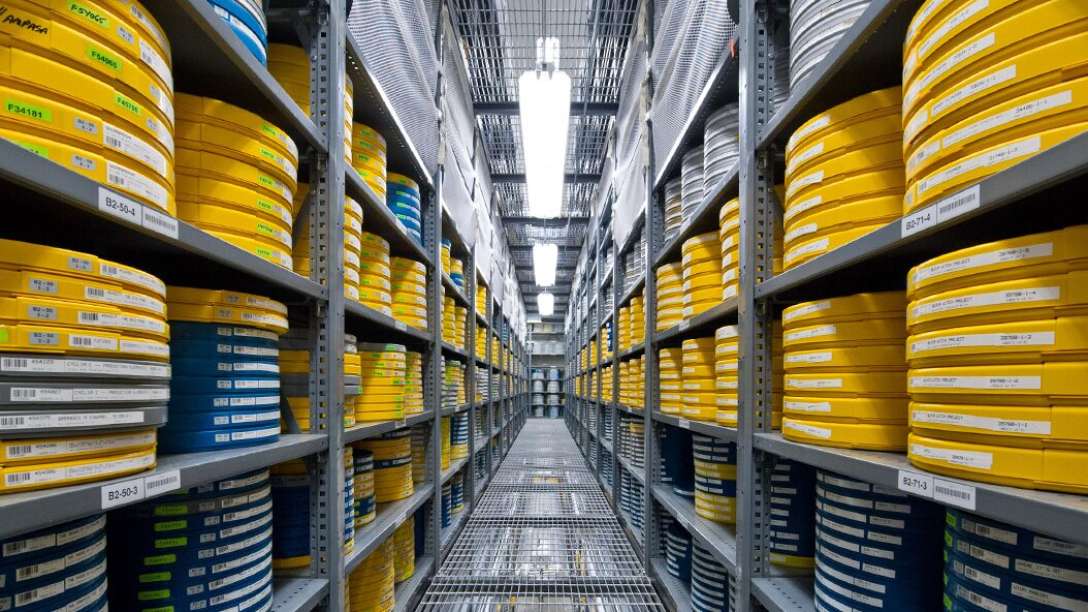
The following is taken from the website of the website of The Society of American Archivists
Libraries in towns (public libraries) or universities (academic libraries) can generally be defined as “collections of books and/or other print or nonprint materials organized and maintained for use.”* Patrons of those libraries can access materials at the library, via the Internet, or by checking them out for home use. Libraries exist to make their collections available to the people they serve.
Archives also exist to make their collections available to people, but differ from libraries in both the types of materials they hold, and the way materials are accessed.
Examples of archival materials include: letters written by Abraham Lincoln (Abraham Lincoln Presidential Library and Museum, Springfield, Illinois), Frank Lloyd Wright’s architectural drawings (Avery Architectural and Fine Arts Library, Columbia University, New York), photographs documenting the construction of the Panama Canal (Transportation History Collection, University of Michigan Special Collections), and video footage from I Love Lucy television episodes (the Paley Center for Media, New York and Los Angeles).
Example: Checking out a book from a library causes it to eventually wear out, and then the library buys a new copy of the same book. Checking out the handwritten diary of a historic figure from an archives would cause the same physical deterioration, but the diary is irreplaceable.
Note that there is a great deal of overlap between archives and libraries. An archives may have library as part of its name, or an archives may be a department within a library.
Example: The Performing Arts Reading Room in the Library of Congress.
*Joan M. Reitz, ODLIS – Online Dictionary for Library and Information Science (Libraries Unlimited, 2010), http://www.abc-clio.com/ODLIS/odlis_l.aspx.
